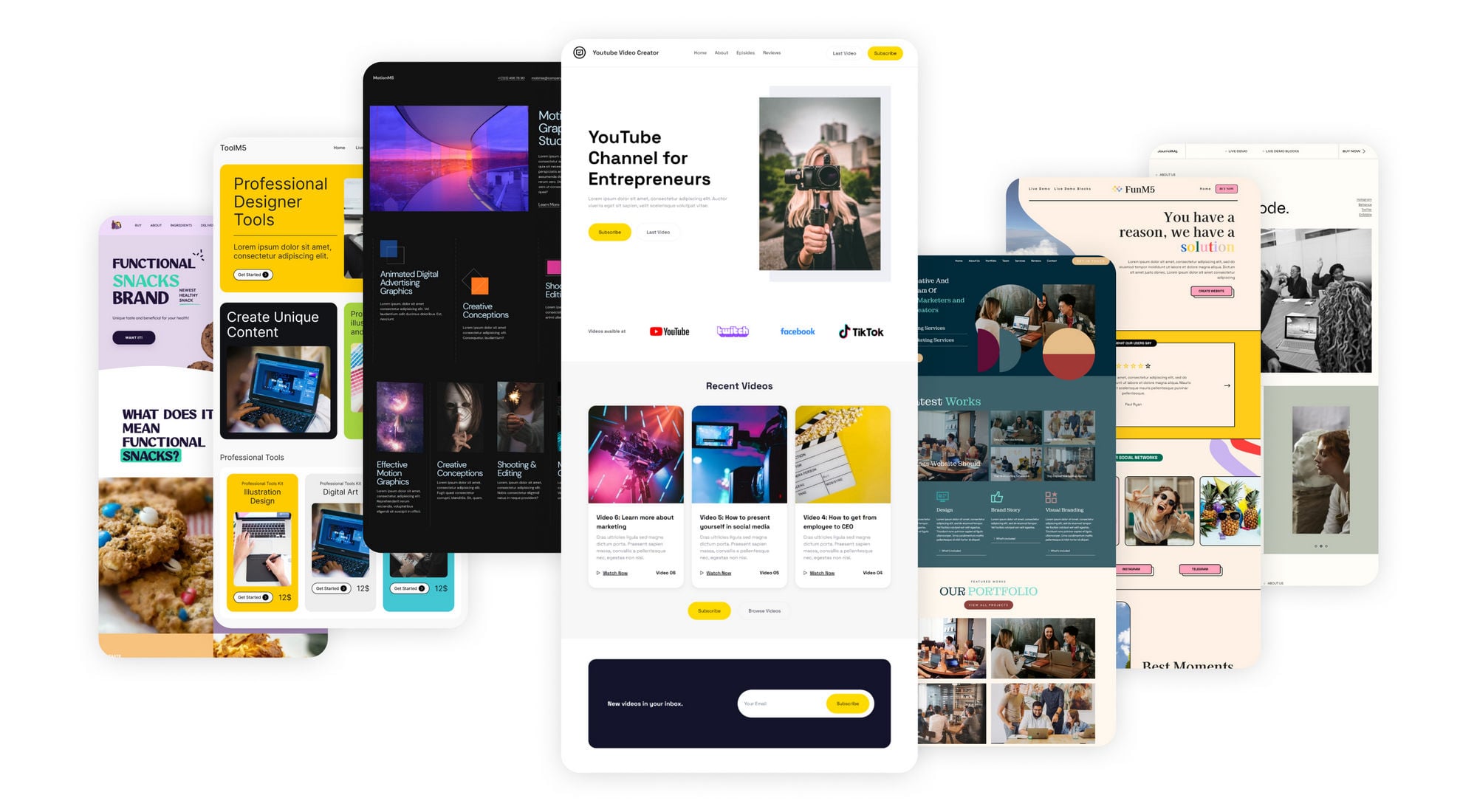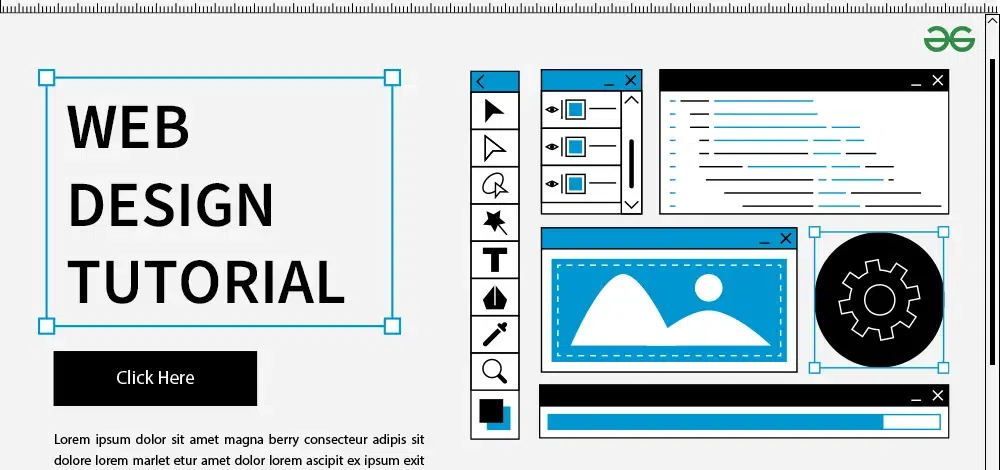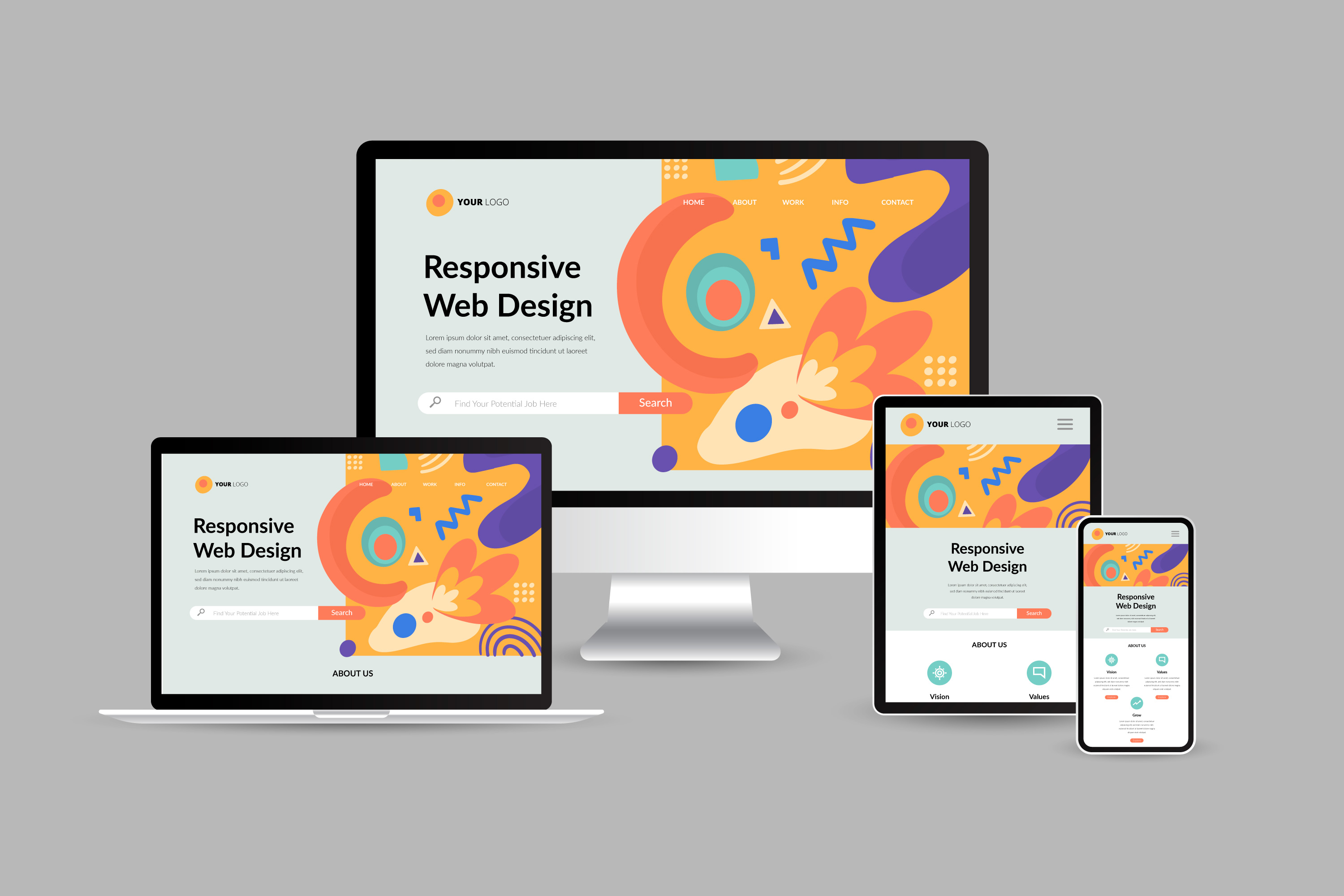
Crafting a User-Friendly Experience: Crucial Aspects of Reliable Web Site Style
In the realm of site style, the importance of crafting an user-friendly experience can not be overemphasized. Vital elements such as a clear navigation framework, responsive design principles, and quickly filling times offer as the foundation for engaging individuals successfully. An instinctive user interface coupled with easily accessible web content standards guarantees that all people, regardless of capability, can navigate with ease. Yet, in spite of these essential concepts, numerous internet sites still falter in supplying this seamless experience. Recognizing the underlying variables that add to efficient layout can clarify just how to enhance individual complete satisfaction and interaction.
Clear Navigating Framework
A clear navigating framework is basic to efficient website style, as it straight influences user experience and interaction. Customers ought to be able to find information easily, as intuitive navigation reduces disappointment and encourages exploration. An efficient layout allows site visitors to comprehend the relationship in between various pages and web content, causing longer website brows through and raised communication.
To achieve quality, designers need to utilize familiar patterns, such as leading or side navigation bars, dropdown menus, and breadcrumb trails. These aspects not only boost functionality yet additionally offer a sense of alignment within the site. Maintaining a constant navigating structure throughout all pages is critical; this familiarity assists customers anticipate where to locate wanted details.
It is likewise necessary to limit the variety of food selection things to prevent overwhelming individuals. Prioritizing one of the most essential areas and employing clear labeling will certainly lead visitors effectively. Additionally, integrating search functionality can further aid individuals in situating particular material swiftly (website design). In summary, a clear navigation structure is not just a design option; it is a tactical aspect that significantly affects the general success of an internet site by cultivating a efficient and delightful user experience.
Responsive Style Concepts
Efficient internet site navigation establishes the phase for a smooth customer experience, which becomes a lot more vital in the context of receptive style concepts. Responsive style guarantees that websites adapt fluidly to various screen dimensions and orientations, enhancing ease of access throughout devices. This versatility is attained with flexible grid layouts, scalable pictures, and media queries that enable CSS to adjust designs based on the gadget's qualities.
Key concepts of receptive layout include liquid formats that make use of percents as opposed to taken care of systems, making certain that elements resize proportionately. In addition, utilizing breakpoints in CSS enables the style to shift smoothly in between different device sizes, maximizing the layout for every screen kind. Using responsive photos is additionally crucial; pictures should automatically adapt to fit the screen without losing top quality or creating layout changes.
Furthermore, touch-friendly interfaces are essential for mobile individuals, with effectively sized buttons and intuitive gestures boosting customer interaction. By incorporating these concepts, designers can create internet sites that not only look aesthetically pleasing however also give functional and interesting experiences across all gadgets. Inevitably, effective responsive layout cultivates individual fulfillment, reduces bounce rates, and motivates much longer involvement with the content.
Quick Loading Times
While users increasingly anticipate web sites to load swiftly, quickly loading times are not simply a matter of convenience; they are crucial for preserving site right here visitors and boosting general user experience. Research shows that users normally abandon internet sites that take longer than 3 secs to load. This desertion can bring about enhanced bounce prices and decreased conversions, ultimately hurting a brand's reputation and earnings.
Fast packing times boost customer involvement and complete satisfaction, as site visitors are more likely to discover a site that reacts swiftly to their communications. Additionally, online search engine like Google focus on rate in their ranking formulas, meaning that a sluggish website may battle to accomplish exposure in search engine result.

User-friendly Customer User Interface
Quick filling times prepared for an engaging online experience, however they are only part of the formula. An instinctive individual interface (UI) is important to guarantee visitors can browse a website easily. A properly designed UI enables users to accomplish their goals with marginal cognitive tons, cultivating a seamless communication with the site.
Crucial element of an instinctive UI consist of constant layout, clear navigation, and recognizable symbols. Consistency in design aspects-- such as color pattern, typography, and button styles-- helps customers understand exactly how to engage with the internet site. Clear navigation structures, consisting of rational food selections and breadcrumb routes, enable users to find information quickly, lowering irritation and improving retention.
In addition, responses systems, such as hover results and filling indications, notify customers regarding their actions and the internet site's response. This openness grows trust and motivates continued interaction. Focusing on mobile responsiveness ensures that users enjoy a cohesive experience across gadgets, catering to the diverse means target markets access web content.
Accessible Web Content Guidelines

First, use clear and uncomplicated language, preventing jargon that might confuse viewers. Stress correct heading structures, which not only aid in navigating yet also assist display readers in interpreting material power structures properly. Additionally, supply alternate text for pictures to convey their significance to customers that count on assistive technologies.
Comparison is an additional important component; make sure that message attracts attention against the background to boost readability. In addition, ensure that video and audio web content consists of subtitles and transcripts, making multimedia obtainable to those with hearing problems.
Lastly, incorporate keyboard navigability right into your style, enabling individuals that can not utilize a computer mouse to access all site functions (website design). By sticking to these easily accessible material guidelines, internet developers can produce comprehensive experiences pop over to this site that deal with the requirements of all individuals, ultimately improving individual involvement and satisfaction
Conclusion
To conclude, the combination of necessary components such as a clear navigation framework, responsive style concepts, this page quickly packing times, an instinctive individual interface, and accessible web content guidelines is crucial for creating a straightforward website experience. These elements jointly improve usability and interaction, making certain that users can effortlessly navigate and connect with the website. Prioritizing these design aspects not just enhances general fulfillment yet additionally promotes inclusivity, suiting diverse user needs and choices in the electronic landscape.
A clear navigation structure is fundamental to efficient website style, as it straight affects customer experience and interaction. In summary, a clear navigating framework is not just a style option; it is a strategic element that substantially influences the overall success of an internet site by fostering a effective and satisfying user experience.
Moreover, touch-friendly user interfaces are crucial for mobile users, with properly sized buttons and intuitive gestures boosting customer interaction.While users increasingly anticipate web sites to fill quickly, quick packing times are not just an issue of convenience; they are vital for preserving site visitors and boosting general individual experience. website design.In final thought, the integration of vital elements such as a clear navigation structure, responsive layout concepts, quickly packing times, an instinctive user interface, and available material guidelines is crucial for developing a straightforward web site experience